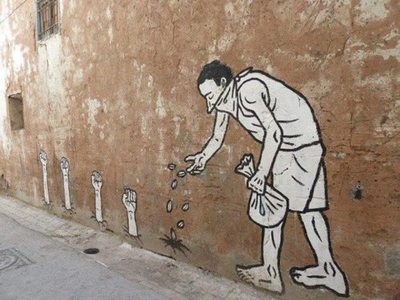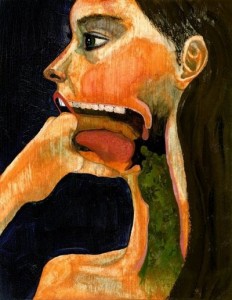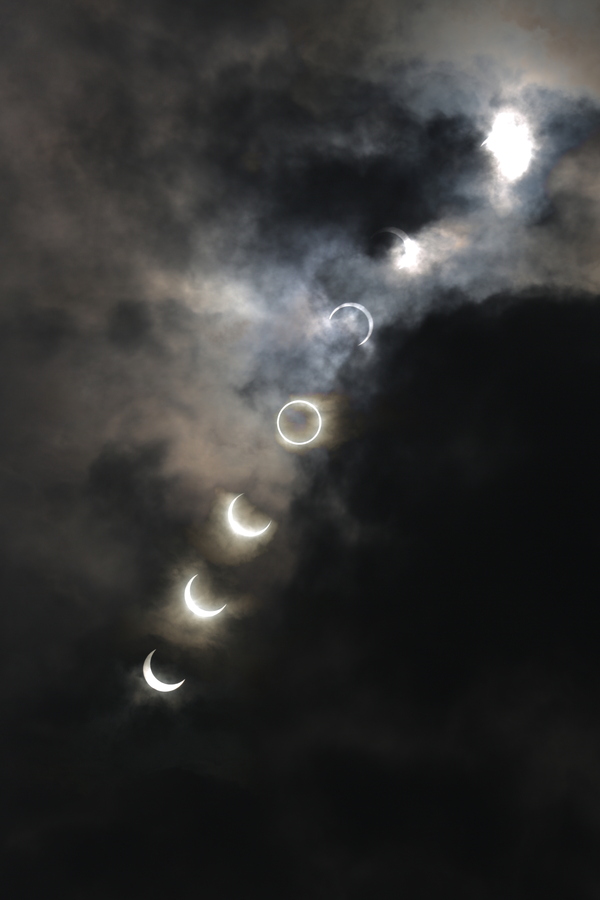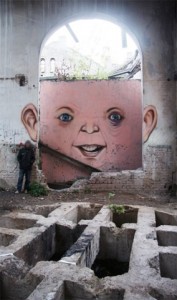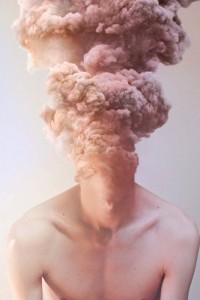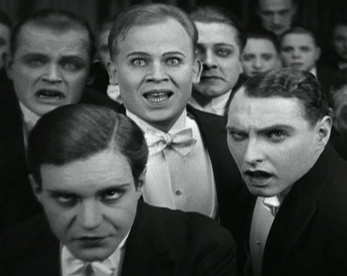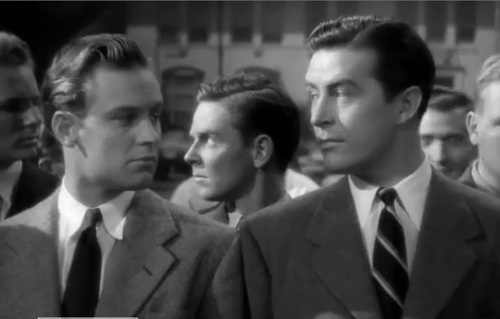excerpted from: New Queer Cinema: A Critical Reader ed. Michele Aaron (Edinburgh: Edinburgh University Press, 2004)
Barbara Hammer insists, polemically, that ‘radical content deserves radical form.’1 This statement marks a longstanding association between feminist and lesbian and gay filmmaker and the avant-garde. Some ten or fifteen years into the ‘New Queer Cinema,’ the word ‘radical’ is provocative. What is ‘radical’ about new queer form and content? Can we concur with B. Ruby Rich when in 2000 she proclaims New Queer Cinema’s ‘short sweet climb from radical impulse to niche market?’2 Such a narrative affords concise periodization, where this cycle emerges in the 1980s through AIDS and queer activism and the independent festival circuit, and dies a tragic death with Boys Don’t Cry (Kimberly Peirce) and Happy Together (Wong Kar-Wai) in 1999. However, rather than relinquish the ‘radical impulse’ to the niche market, I’d like to argue, somewhat polemically, for the continuing relevance of formal experimentation as an irritant and a source of renewal for New Queer Cinema.
As a point of departure, it is worth returning to Rich’s initial characterization of the movement:
Call it ‘Homo Pomo’: there are traces in all of (these films) of appropriation and pastiche, irony, as well as a reworking of history with social constructionism very much in mind. Definitively breaking with older humanist approaches and the films and tapes that accompanied identity politics, these works are irreverent, energetic, alternately minimalist and excessive. Above all, they’re full of pleasure.3
In this chapter, I use Rich’s suggestive passage to consider several ‘experimental’ videos by Mike Hoolboom, Richard Fung, Sadie Benning and Cathy Sisler. Aside from Benning, who is American, the other three makers work in a Canadian context, and all four have screened their works in queer milieus while receiving acclaim in fine arts circles. These videos are not selected as ‘representative’ of the diverse field of queer art video, although I point to some common elements. Indeed, I would suggest that queer art video is characterized by a singularity of form and content that unravels pat discourses of identity, politics and relationality. In this chapter, I use the singularity of each project to interrogate the terms ‘new,’ ‘queer,’ ‘cinema.’
‘New’: Mike Hoolboom’s Tom
‘Newness’ is part of the mythology of this cycle. Drawing from the momentum of American independent cinema, the first wave of New Queer Cinema boldly appropriated elements from existing traditions: excessive surrealist imagery from Kenneth Anger and the American underground (Poison, Todd Hynes, 1991); the European avant-garde (the works of Ulrike Ottinger and Rose Von Praunheim); a flamboyant performativity and excessive costuming reminiscent of Warhol and Jack Smith’s 1963 Flaming Creatures (Paris is burning (Jennie Livingstone, 1990), Velvet Goldmine (Todd Haynes, 1998); the erotic rewriting of genres such as the road movie from Jack Kerouac to My Own Private Idaho (Gus Van Sant, 1991), The Living End (Gregg Araki, 1992) and Isaac Julien’s video installation The Long Road to Mazatlan (1999); an amoral ‘criminal’ expression of desire that may be traced back to Genet, Pasolini, Rimbaud (Swoon (Tom Kalin, 1991), Edward II (Derek Jarman, 1991), Les Nuits Fauves (Cyril Collard, 1992), Head On (Ana Kokkinos, 1998); the queer legacy of the Harlem Renaissance and American ‘race’ movies of the 1930s and 1940s evoked in Looking for Langston (Isaac Julien, 1989) and The Watermelon Woman (Cheryl Dunye, 1996) respectively. Such extensive borrowing underscores how New Queer Cinema is rooted in earlier aesthetic traditions, notably an auterist legacy that is almost exclusively male.
Mike Hoolboom’s 75-minute Tom (2002) makes explicit this legacy in a homage to New York filmmaker Tom Chomont. Richard Dyer situates Chomont within a 1970s avant-garde aftermath to the gay American underground, noting that his films (Oblivion (1969), Love Objects (1971), Minor Revisions (1979) and Razor Head (1984) accentuate the intimate qualities to be found in the works of Jack Smith or Gregory Markopolous; however, the personal qualities of Chomont’s films are offset by a certain ‘strangeness in the filmmaking, much use of negative reversal, superimposition or remarkable set-ups.’4 Hoolboom’s Tom takes up some of these strategies to create a vivid and densely intertextual portrait that incorporates historical documentary, fictional and surrealist film footage, home movies, and recent digital video footage of the ageing filmmaker. A rapidly morphing image track is often treated through negative reversal, colour treatment, repetition and speed variation. Meanwhile, an equally complex soundtrack layers extensive interviews with Chomont, industrial noise, and sudden bursts of music: a sultry jazz saxophone line, sampled single notes and arpeggios on the piano.
An established and prolific Canadian ‘fringe’ filmmaker and writer, Hoolboom’s sexuality is often almost incidental to his work (as with Chomont’s films). In keeping with a queer preference for oblique accounts of subjectivity, Tom’s palimpsest imagery and breadth of cultural reference serves to disassemble rather than reify ‘identity.’ Geoff Pevere observes that Hoolboom’s ‘primary aesthetic is the exposure of the limits of discourse… how narrative film practice represents the systematic elimination of… (the photographic image’s) infinite, unknowable, ambiguity.’5 Hoolboom situates his own ‘fringe film’ practice within a tradition where ‘from (the cinema’s) very inception, a scatter of artists have trained their sights to other ends – sometimes as provocation, or political exposition, or material demonstration.’6 Tracing a continuity from the auteurist (gay) underground to Hoolboom’s own practice, clips from Chomont’s films are cut into the video, as are images of Hoolboom filming, or simply observing just off-frame.7 A recurring sequence of Chomont editing 16mm film stock on a table on a New York sidewalk insists on filmmaking as an artisanal and creative industrial practice.
Hoolboom’s work shares New Queer Cinema’s strategy of pastiche and the social constructionist reworking of history. Tom presents a meditation on the intersection of history, (cinematic) representation and the ephemeral qualities of human memory and corporeality. Hoolboom creates a sound/image canvas, a ‘portrait’ that does not follow a standard biographical trajectory, but is rather anchored in Chomont’s face, voice, and fragmented recollections. After a brief opening sequence in Chomont’s apartment, the film cuts to a wide-angle shot close in on his bald, elfin face with the Manhattan skyline in the background. In voiceover, Chomont declares: ‘My name is Tom and this is my city.’ Cut to an aerial shot, soaring over the Statue of Liberty towards Manhattan. This shot introduces a structuring analogy between the human body and the modern city – not just any city, but New York in 2001. Hoolboom comments:
Manhattan is a small island which changes constantly in it quest for the new… it rips down buildings and makes new ones. The destruction of New York has been imagined many times, not only in cinema, and the September 11 attacks are (a particularly horrible) part of this continuum… The body of Tom is framed by images of New York’s destruction. And in this image of a city constantly refigured lies a metaphor for personality itself, as we see Tom incarnated as a drag queen, as S/M top, S/M bottom, as brother and son, as film then video maker, always changing appearance, interests, sexual predilictions.8
The dialectic between destruction and renewal is integral to Tom, which incorporates clips from disaster movies, documentary footage of skyscraper construction and building demolition, and early twentieth-century Lower East Side street scenes. The resulting visceral but abstract portrait of the city is a time-travelling version of the great modernist ‘city symphony’ films Man with a Movie Camera (Dziga Vertov, 1929) and Berlin, Symphony of a Great City (Walter Ruttman, 1927). Juxtaposed with Chomont’s voiceover childhood recollections and sampled industrial sounds, the soundscape and narration are non-synchronous with the image track. Parallels between memory and experience and the city are at once broadly historical and oddly intimate.
Something strange happens to time in Hoolboom’s films. The linear logic of event-as sequence – conventional history, narrative, biography – dissolves here. New Queer Cinema’s claim to the ‘new,’ at least if read through the logic of just-in-time production and niche marketing, is incommensurable with Tom’s rich temporality. Gilles Deleuze claims that narrative cinema (what he calls the ‘movement-image’) unfolds in a perpetual present governed by a vision of human intentionality and agency. Within this system, ‘aberrant movement’ (cinematic aspects that exceed or digress from causal sequence) are suppressed to preserve the hegemony of ‘normal movement.’ The dominant form of the ‘action-image’ centres the human body in the frame as a transformative agent within a determined milieu. Aberrant movement stands for the transformative capacity of time as a both before and after the perpetual present of the movement-image: ‘There is no present which is not haunted by a past and a future, by a past which is not reducible to a former president, by a future which does not consist of a present to come.’9 For Deleuze, the ‘time-image’ describes a different cinematic trajectory, where the spatial ordering of narrative time gives way to ‘pure optical and sound situations’ where ‘time is no longer the measure of movement but movement is the perspective of time.’10
Hoolboom’s work deploys several aspects of the time-image.11 ‘False continuities’ of surrealist editing abound, where the splicing together of incommensurable fragments creates unexpected articulations of memory, causality and meaning. Juxtaposed with Chomont’s narration, the ‘city symphony’ dialectic of disintegration and frantic rebuilding personalizes the cinematic residue of historical social space and long-dead citizens, while depersonalizing and extending the peculiarities of individual recollection. Most germane to new queer cinema, Tom jumbles what might loosely be called ‘the history of sexuality.’ For instance, the frequent use of surrealist ‘dream-images’ (dissolves, superimpositions, deframings, special effects) transfigures objective perception into a subjective modality. In Tom, the reconfiguration of saturated symbolism and banal popular culture creates a disturbing and unexpected account of mortality, generation, and (queer) corporeality. The dissolution of cinematic ‘sense’ through a barrage of the time-image’s ‘pure sound and optical situations’ corresponds to a disintegration of corporeal and biographical boundaries.
Pale, wizened, balding, and suffering from Parkinson’s disease and HIV/AIDS, Chomont’s hands and body are unsteady and his quavering voice often is overcome with emotion. Hoolboom intercuts his alternately gnome-like and childlike subject with fetuses, martians, microscopic organisms and children. The co-presence of Tom’s childhood, young adulthood and present parallels the restless city sequences, where different decades collide without respect for generic convention or temporal sequence. For instance, in voiceover, Chomont links his homosexuality with an intense relationship with his brother who was his main companion in an itinerant childhood. The boys were lovers briefly as teenagers, and Chomont’s account of this relationship coincides with a montage of historical footage of boys playing in the street and exploring an empty farmhouse. This imagery is made strange through compulsive repetition and speed variation, overwriting found historical footage with same-sex desire and the taint of incest. In a cumulative editing strategy, Tom incorporates many shots of children and adults entering and leaving rooms, opening and closing doors and windows – a simple scenario suggesting exploration, transgression, voyeurism, or more broadly the life cycle as a series of thresholds and passages.
Chomont describes how his brother explored S/M and fetish sexuality before him, and recounts the scene of his brother’s death from AIDS, a scene that foreshadows his own immanent death. In Tom, the rapidly morphing, fragile subject evokes most of all the unsteady passage of time – the haunting duration of the recollection-image, the fragile corporeal temporality of illness and everyday experience. For Deleuze, cinematic forms are equated with ‘images of thought’ and Hoolboom’s reassembled moving image form generates fresh ways of conceiving illness, corporeality, desire and history…
Notes
1. Barbara Hammer, ‘The Politics of Abstraction’, in Martha Gever, John Greyson and Patibha Parmar (eds), Queer Looks: Perspectives on Lesbian and Gay Film and Video (London: Routledge, 1993), p. 70.
2. B. Ruby Rich, ‘Queer and Present Danger’, Sight and Sound, 10:3 (March 2000): 23
3. B. Ruby Rich, ‘New Queer Cinema’, Sight and Sound, 2:5 (September 1992): 32, reprinted in this book.
4. Richard Dyer, Now You See It: Studies on Lesbian and Gay Film (London: Routledge, 1990), p. 166
5. Geoff Pevere, ‘Outer Limits: The Cinema of Mike Hoolboom,’ Take One, 4:9 (September 1995): 22-7 (internet InfoTrac Web Version), p. 2
6. Mike Hoolboom, Inside the Pleasure Dome: Fringe Fil min Canada (Toronto: A Pages Book for Gutter Press, 1997), p. 4. See also Mike Hoolboom, ‘Thoughts on Shorts Films,’ Take One 4 (9) 1995: Internet InfoTrac Web Version.
7. In an e-mail interview (21 May 2002), Hoolboom describes the tape as ‘a memento mori (to Chomont) as well as a self-portrait.’
8. Ibid.
9. Gilles Deleuze, Cinema 2: The Time-Image (Minneapolis: University of Minnesota Press, 1989), p. 37.
10. Ibid, p. 22
11. For a reading of the spatiality of Hoolboom’s Panic Bodies with reference to Deleuze’s time-image, see Darrell Varga, ‘Panic Bodies and the Performance of Space,’ Candadian Journal of Film Studies, 10:2 (Feburary 2002): 80-101.
